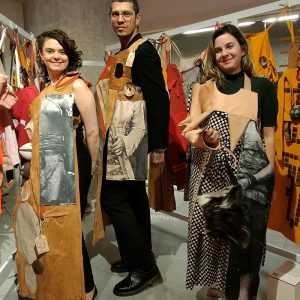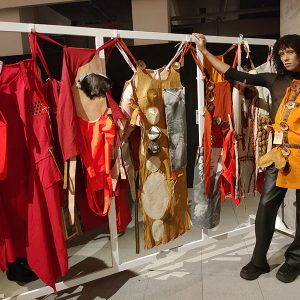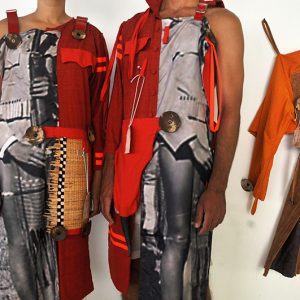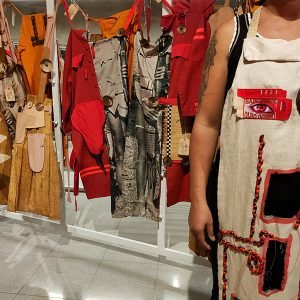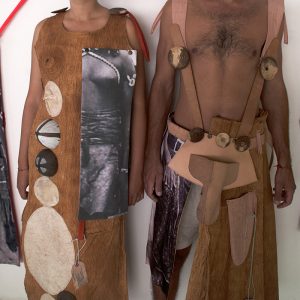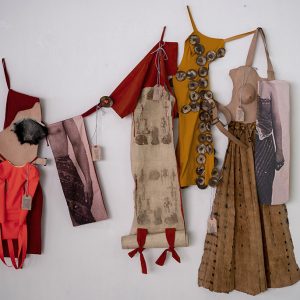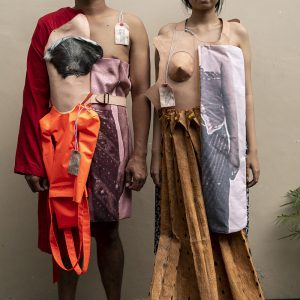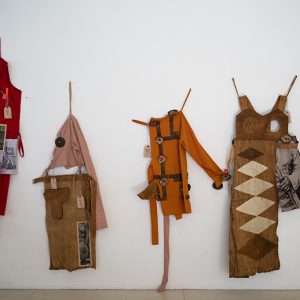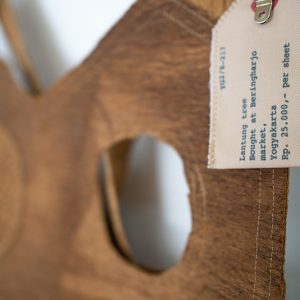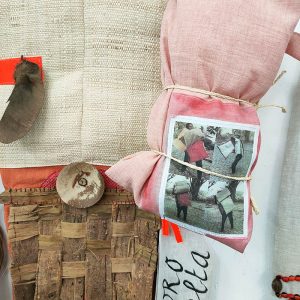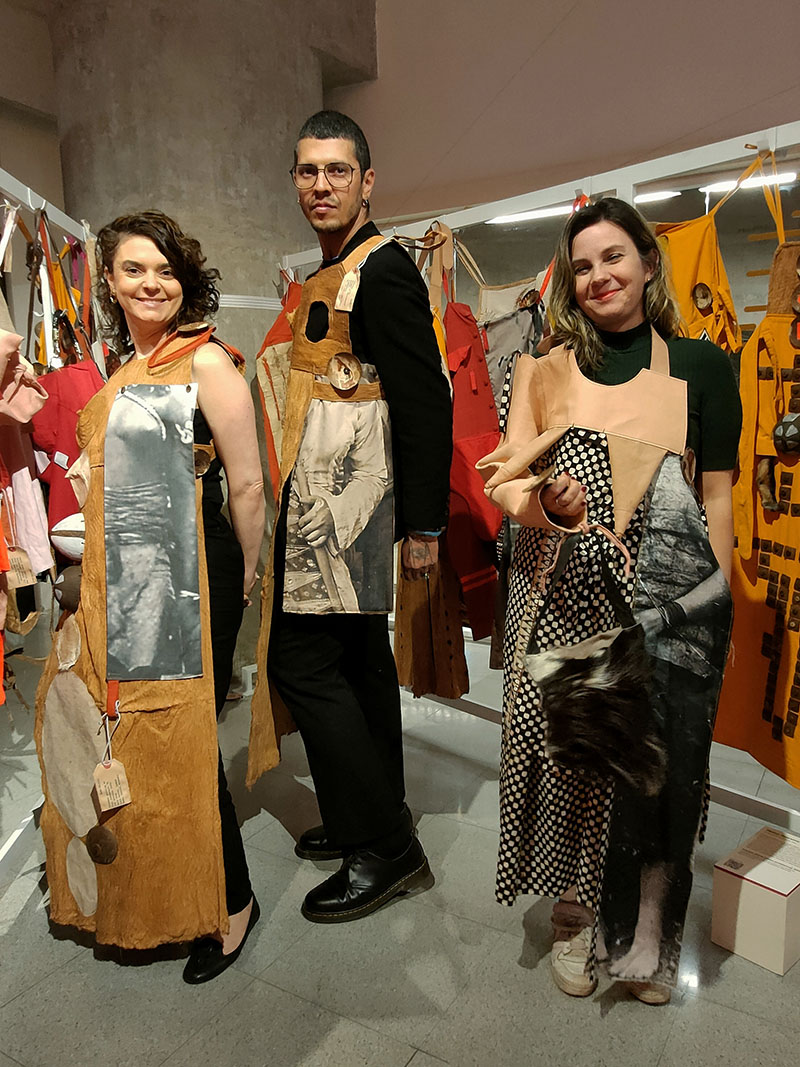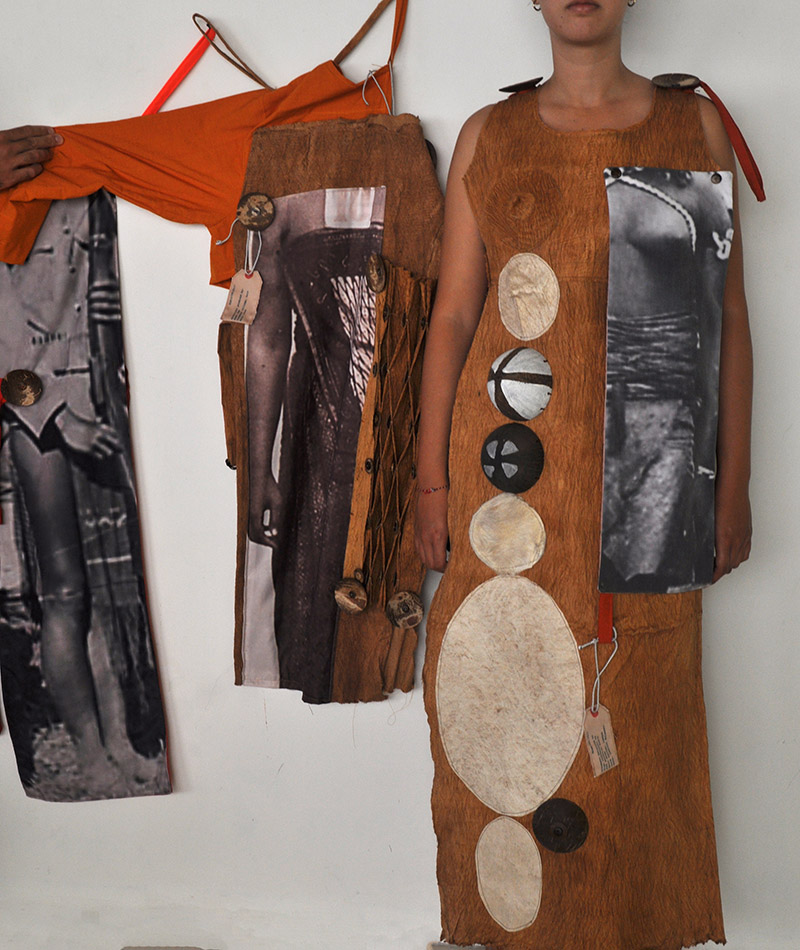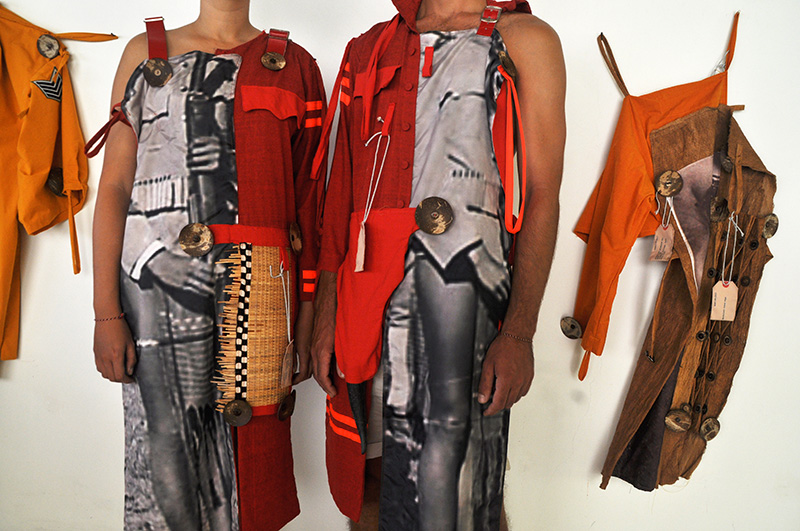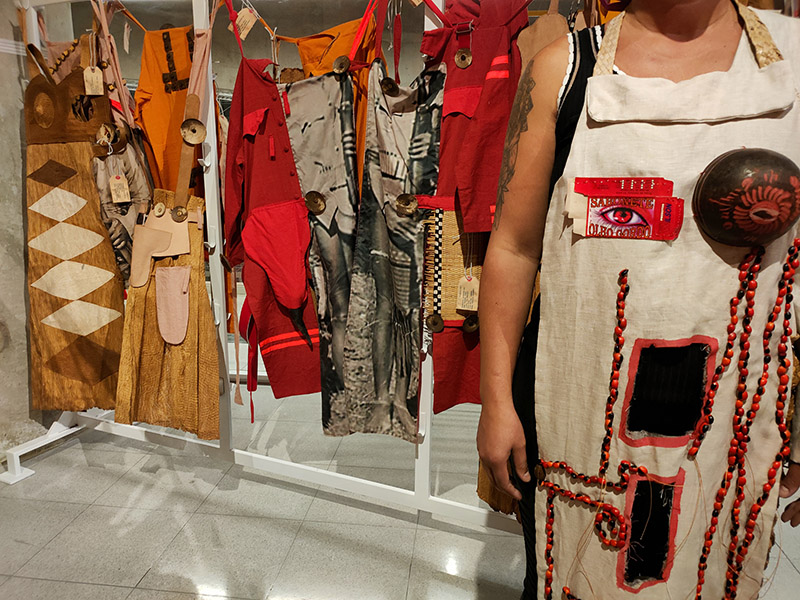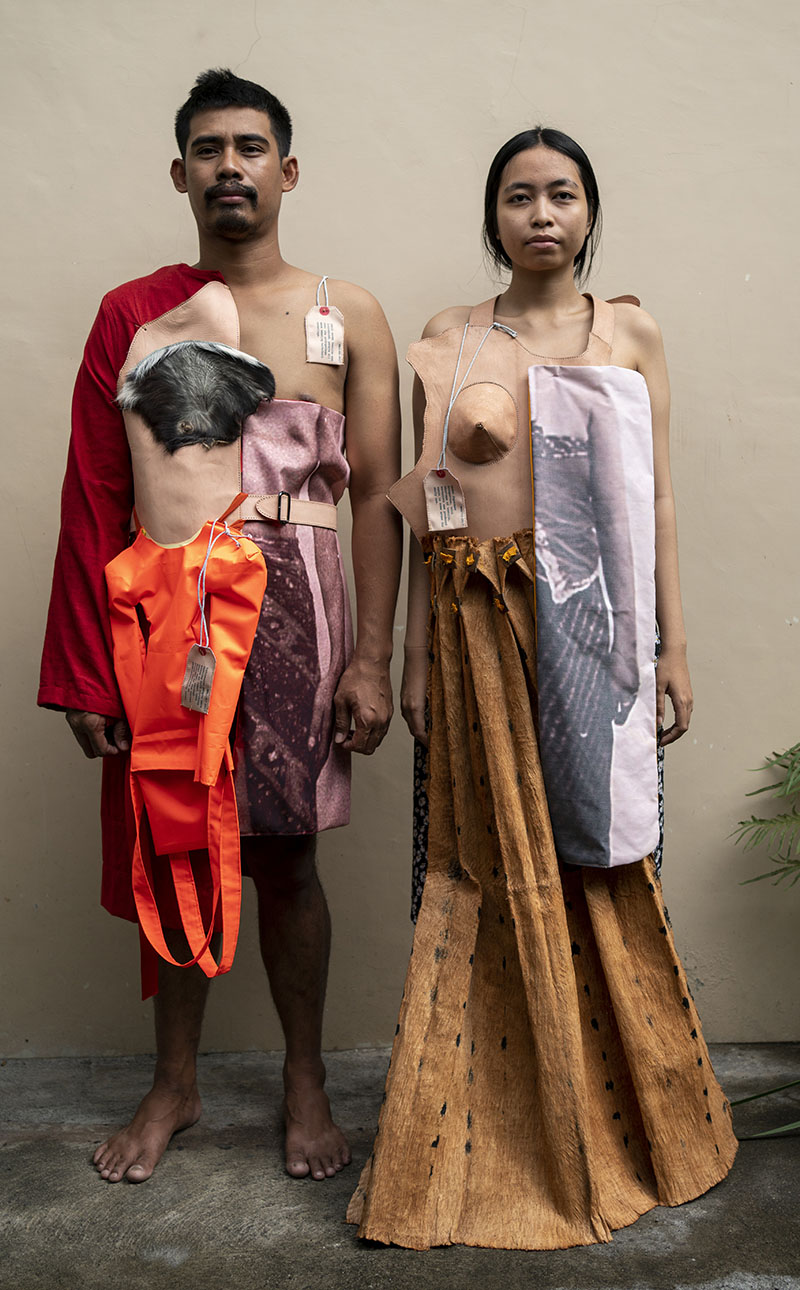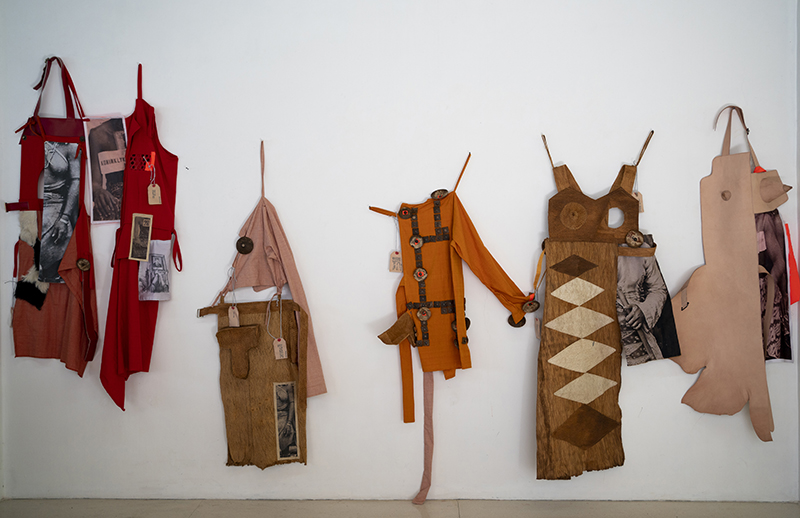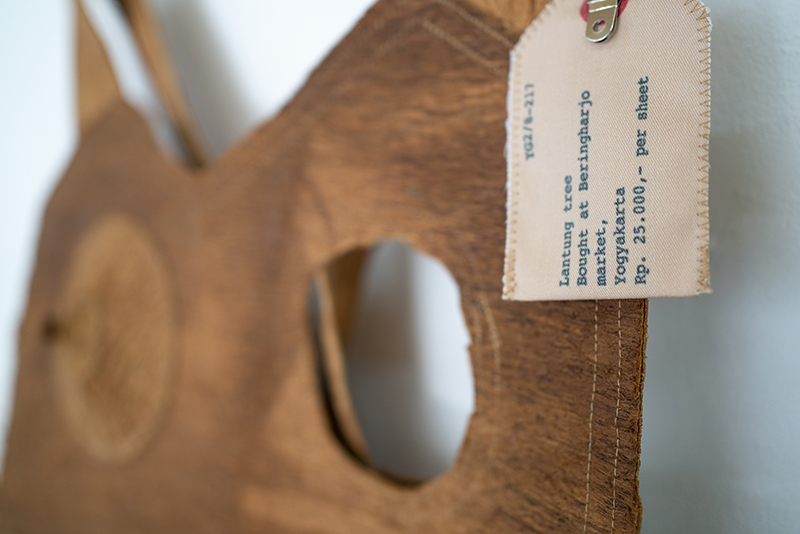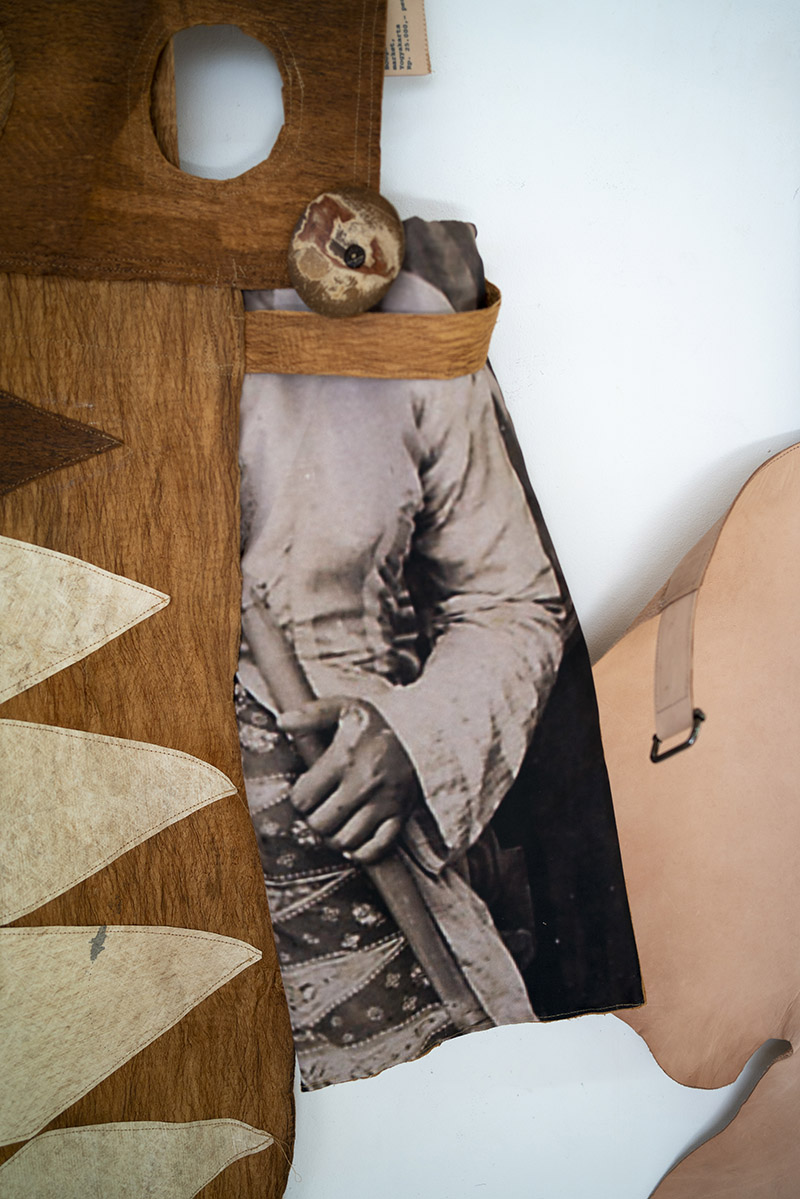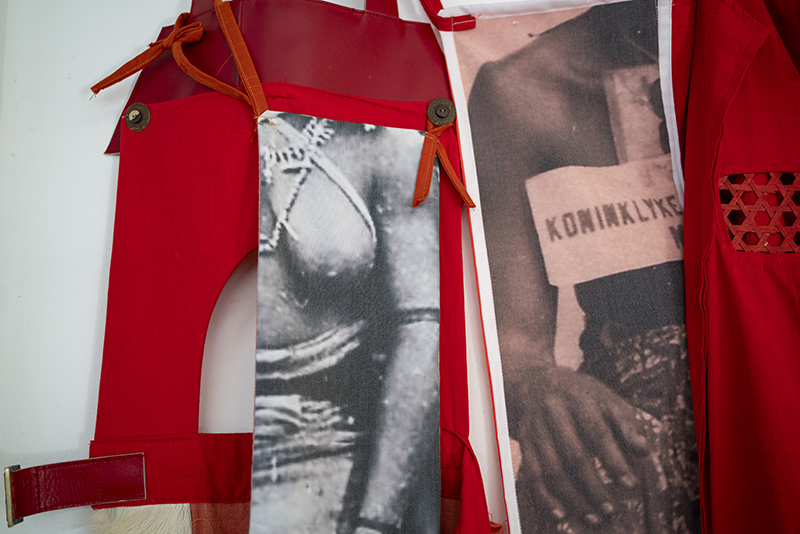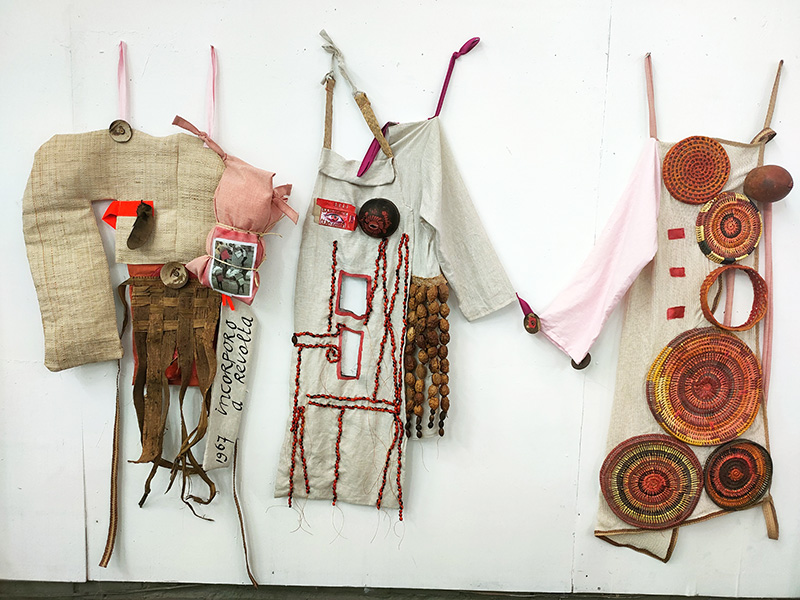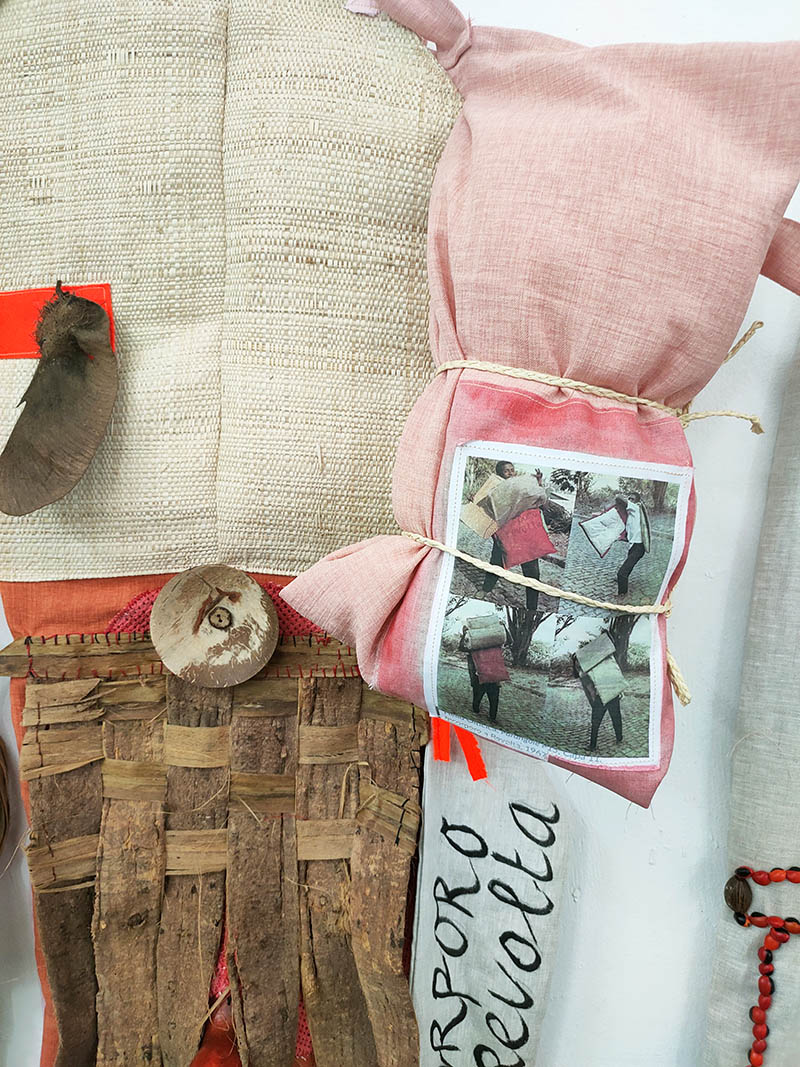Costumes, attire, and behavioral norms serve as a rich tapestry for delving into the historical fabric of a society. In the colonial era, particularly in Java, Indonesia, clothing conveyed a potent message about class, status, ethnicity, location, and gender. Whether manifested through intricate patterns in batik sarongs or the fusion of western and local attire, clothing was a tangible expression of power dynamics. Costumes functioned as visual statements, reflecting the wearer’s moral, religious, or political perspectives, or conversely, challenging them.
In early 20th-century Indonesia under Dutch colonial rule, donning Western clothing was initially viewed as an emancipatory gesture. However, it faced criticism from the Indonesian nationalist Independence movement, as it symbolized a relinquishment of native identity in favor of adopting the lifestyle of the colonizers. On the other hand, as Indonesian society embraced Western garments, colonizers grappled with the need to distinguish themselves visually, safeguarding their privileged positions. The act of dressing, whether coerced or voluntary, in Western or local attire became entwined with discrimination and societal tensions.
The project ‘Trouble Skirts’ explores the physical act of dressing and undressing in relation to personal and historical narratives. I got Inspired by Brazilian artist Helio Oiticica’s and his Parangolés, or capes that he created from 1964 till 1979. These coverings served as a space for free expression and these acts become integral moments in time—be it rebellion, revolt, or a quest for attention. Oiticica’s capes allowed for a temporary escape from historical narratives, enabling individuals to engage in free expression and create new existences through dance.
‘Trouble Skirts’ involves crafting body coverings using hybrid materials and patterns, deconstructing garments into individual components such as sleeves or half dresses. These fragments, hanging as disassembled garments, invite the audience to physically engage, feel, touch, and try them on. The interactive experience allows individuals to layer these components, exploring personal choices and trends that adorn the body. Three costumes in the collection were created using locally significant materials in Brazil, adding cultural depth to the exploration of history and memory through clothing.
